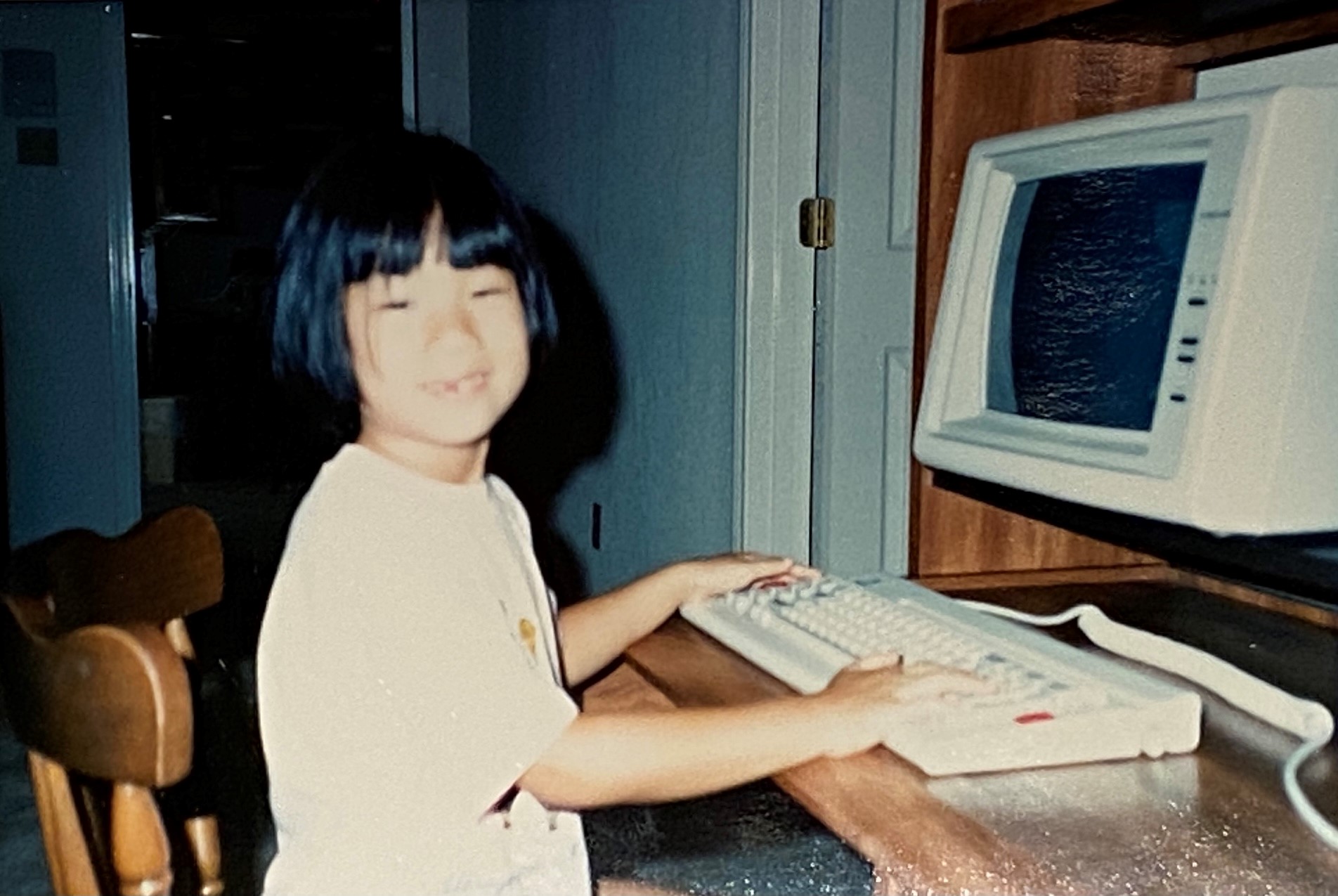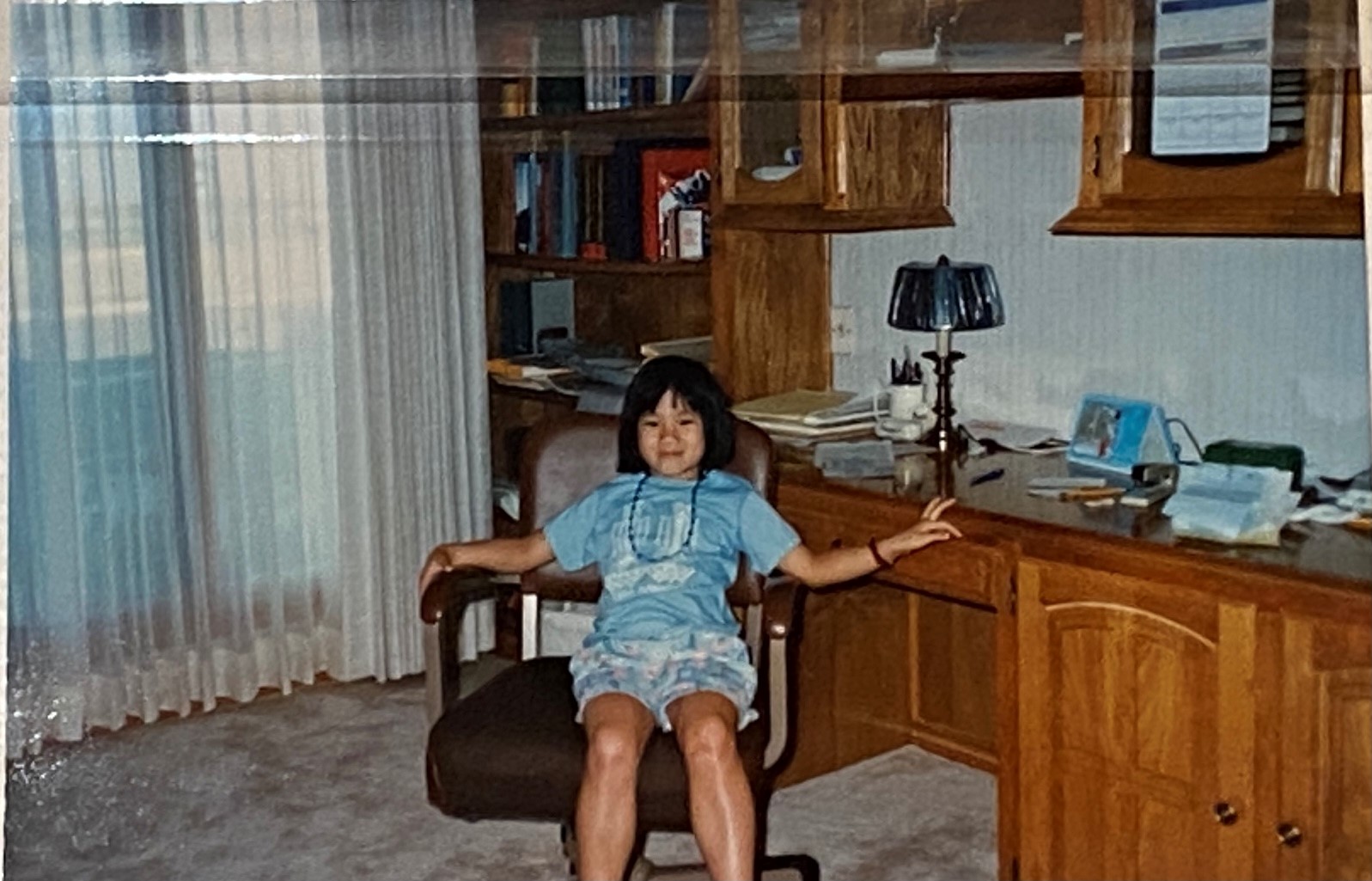Search Contract Jobs*
Hello!
You’re now leaving the Expedia Group careers site and will be directed to our supplier partner’s website to explore and apply for contract job opportunities with Expedia Group. The website is operated by Expedia Group’s employment partner.
*currently only offered in USA & UK
Jobs
Search Expedia Group Jobs
“I #ChoosetoChallenge”: Sandy Anuras, SVP Retail MarTech on Women in Tech

On this International Women’s Day, I mark 20 years of working in the software industry. Two decades, 20 years, 240 months. It’s been an amazing journey, but I am tired. I am angry as well, although the fiery rage I felt earlier in my career has given way to a slow, controlled burn. There’s so much work ahead for women, especially women of color, to achieve meaningful representation in tech and leadership and to create equal opportunity for advancement and respect. Systemic change and achievement of real outcomes is a marathon not a sprint, and we all have a role to play in this evolution.
Beginning My Life in the Analog Era
When I entered the industry in 2000, I was full of hope and excitement. I came of age in a transformative time – born in the analog era, discovering personal computing and early connectivity with a 2400 baud modem, and entering a transformative, fledgling industry that would seismically change the world. I was extremely fortunate that my father decided to bring home an 8088 Leading Edge Model D and books on BASIC programming and Lotus 1-2-3 from Sam’s Club in 1986. Additionally, the public school system in Lubbock, TX had the foresight to include Logo programming classes in the curriculum in elementary school, so I had exposure to programming since the mid-80’s.

All through junior high and high school, there were several girls in the Math and Science clubs and in the AP Computer Science programs. Even in college (Rice University) in the late 90’s, there were women professors and decent numbers of women in most of the STEM programs. I rejected the idea that life was different for women in engineering; I refused membership in the Society of Women Engineers and instead joined the American Society of Mechanical Engineers. This was the dawn of a new age, I thought. “Why should I spend time lamenting my gender when everything we worked on was grounded in the laws of physics?” The information superhighway was going to change the world, and this time, women and men of all ethnicities would benefit.
Women Exiting the Tech Industry
But the last 20 years have been a rude awakening. The number of women graduating with computer science degrees has declined to a paltry 18%. “It’s a pipeline problem,” we decry. We, as an industry, absolutely need to focus on how to encourage girls into STEM programs and careers. However, that’s not the only problem. We are seeing abandonment at all levels of the “career funnel.”
Women in the tech industry are quitting at record levels and very few of us make it to the most senior levels of technical or people leadership. Fifty percent of women who start careers in tech leave the industry by the time they turn 35 years old (compared to 20% for non-tech industries). Only 18% of CTO and CIO roles are held by women at the largest 1000 companies in the US today.
And, finally, the COVID-19 pandemic has taken a very real toll on women in the workplace in general, with some studies showing that women’s equality has lost a full generation of progress.
The Impact of Conscious and Unconscious Biases
So why are women leaving? Because humans are logical beings, and at some point, the trade-offs of pursuing a “successful career” as a woman in tech aren’t worth it.
I’ve met people who have told me point blank (once at an industry conference, at that) that women are not biologically equipped to think technically and that women’s intelligence distribution is skewed toward the mean, while a man’s will span more toward several deviations from the mean (in both directions). These very real conscious biases face us every day we walk into the office, present at meetings, or speak at conferences. But those are conscious biases. They’re almost preferable to unconscious bias, which is the everyday, underlying aggression that women face daily.
There’s a fantastic book called “What Works for Women at Work” that outlines four major types of unconscious bias (Prove It Again, The Tightrope, the Maternal Wall, and the Tug of War) that women face at work. The takeaway is that as a woman, the rules of the game are different, and you need to be aware of the differences and have a set of action plans to combat them. You can’t naively assume that the same advice and approach that works for white men will work for women and women of color. That said, a lot of the advice puts the onus on the woman herself to fix the problems, and we cannot fix the problems on our own.
I was reflecting on Stephen Covey’s Trust Tree this week.

I came to the realization that through conscious and unconscious biases, women in leadership and women in tech are constantly being asked to prove time and time again their intent, capabilities, and results. Trust doesn’t come easily for anyone, but women have many more barriers to opportunities and promotions because, for us, trust is so much harder to earn. Even other women (I’m sure myself included) have a bit of a patriarchal approach where we want to make sure that a woman in question will “really be successful” in a role or in a project before giving her an opportunity – whereas men are promoted for future potential and glimmers of upward talent.
We’re exhausted. We’re exhausted by this set of doubts, by the lack of trust, by the “prove it again” mentality. When you couple all of this with the extra work and mental load we carry for our households and families, we question the point of staying in the industry. That’s why you see women leave.
Breaking Through the Bamboo-Reinforced Glass Ceiling
As an Asian American woman, I’ve also had my fair share of running into the bamboo-reinforced glass ceiling. Most often, it shows up as innocuous comments asking if I am the intern (“No, I am your boss’s boss’s boss”) or commenting on how good my English is (“Thanks, I was born in Iowa”). The comments are small and funny in a vacuum, but over time, show a pattern of assuming I am more junior and therefore less competent than the middle-aged executive I am. More insidiously, comments of being brash and a Dragon Lady for showing normal leadership traits hindered my earlier career progression. Still today, I am more careful with my words than I would prefer when I encounter a debate at work.

For all the challenges I’ve encountered, I have had more than my fair share of allies who have removed barriers for me and have offered me fantastic opportunities to learn and grow. I am grateful for the people who have given me opportunities to lead, programs to run, teams to build, and have given me feedback every step of the way about how I can grow my capabilities and be the leader I want to be. Expedia Group has played a major role in my development both through a formal executive training program in 2012 to opportunities to run programs like our COVID-19 disaster response. I am grateful and proud of my career to date, and I am especially thankful to be able to have a stable and challenging job during the COVID-19 pandemic.
What does it mean to be an ally? In my experience, being an ally means that you are taking actions daily to remove bias – from day-to-day interactions to big decisions such as promotions and major project opportunities. The responsibility of allyship falls to all of us – men, women, and people of all ethnicities who find themselves in a more powerful position than someone who is oppressed.
What can you do that will help women?
- Amplify the under-represented voices in meetings
- If you’re a senior leader, advocate on behalf of women and for more inclusive and diverse project teams by bringing in those who are not already in the room.
- Especially as decision-making becomes time-constrained and rushed, make sure you’re taking the time as leaders and peers to give extra attention to under-represented groups.
- Mentor and give feedback to women but give advice that works for the constraints that they face (not generic advice written for white men). Additionally, look for patterns of biased feedback for women where she is told to smile more or is applauded for organizing the team lunch, but no mention is made of her technical prowess.
- Look for anti-patterns of allyship as well. Are people making a “no-hire” decision because of a biased point of view? When are people or you yourself enforcing a set of patriarchal standards because that’s the environment that exists today? How can we enact change if we are constantly enforcing the norm?
- There are a ton of resources available online for real actions that can be taken on a day-to-day basis. Educate yourself and actively role-model allyship behaviors.
- As we achieve a new normal, think about how to re-welcome the women who left the industry due to external factors such as the COVID-19 pandemic back into the industry so that they can re-engage in a thriving career.
I #ChoosetoChallenge Gender Inequity
Now it’s my turn. Yes, there are days that I want to throw in the towel and spend my days playing my violin and baking bread. But every morning, I get up and start a new day as an Asian American woman in technology – a role I am very proud to have. And today, I #choosetochallenge for International Women’s Day.
For the young women entering the industry, may I give you the gift of grit and determination. Change doesn’t happen overnight, and there will be some difficult days ahead. But for the next generation of women in tech, I hope my generation has done our part to have paved a slightly easier road for you so that you don’t exit at a 50% rate by the age of 35.
If I can be the person who puts a few more cracks in the glass ceiling for another woman who comes after me, then I have done my part in making a world that the Sandy of 20 years ago had assumed already was a reality.
